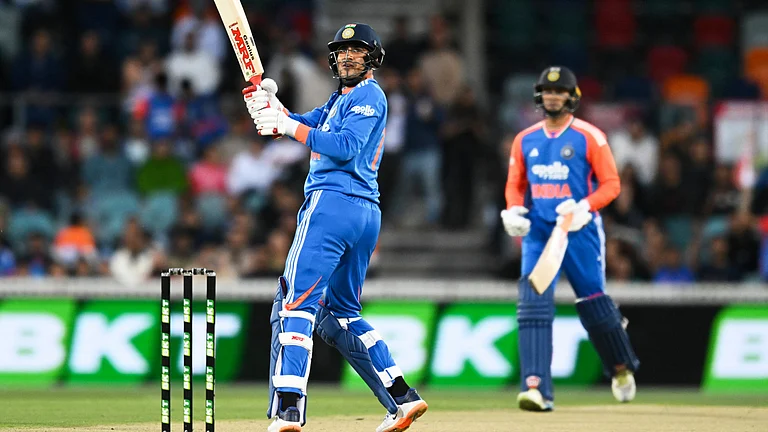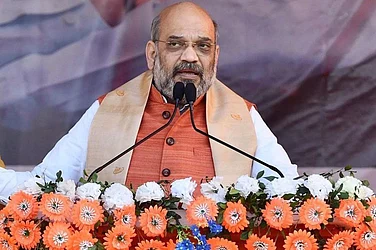The weekend overnight flareup on the Line of Control (LoC) was not a surgical strike but a precision artillery strike by 155 mm Bofors guns, infrequently used in the exchange of fire. The artillery assault was apparently in response to Pakistani Army firing in the Tangdhar sector, in which two Indian soldiers and one civilian were killed.
According to Army Chief, Gen Bipin Rawat, six to 10 Pakistan soldiers and an unknown number of jihadi terrorists were killed and terrorist camps destroyed at Kundalshahi, Sandok, Athmauqam and Jura. The artillery duel took place in the Machhalsector of Srinagar valley across Neelum river on LoC where infiltration is commonplace.
Pakistan’s ISPR Chief, Maj Gen Asif Ghafoor claimed that in the unprovoked Indian firing on Pakistani posts and villages, one Pakistani soldier and six civilians were killed. He also claimed that in Pakistan’s retaliatory action, nine Indian soldiers were killed and several wounded. The claim about killings and damages has never been corroborated by independent sources and exaggerated claims and counterclaims have become routine though it can be said that Indian Army casualties cannot be suppressed and have not been hidden. Equally, it is difficult to establish which side started the firing.
Neelum valley is opposite our Tangdhar-Tithwal sector where Indian Army troops have enjoyed tactical dominance from their posts on higher ground overlooking Pakistani posts. In Pakistan Occupied Kashmir (PoK), the road along the Neelumriver is vulnerable to small arms fire from Indian posts. Consequently, the Pakistan Army has built a road behind a hill range which protects a stretch of the road under visible Indian Army domination. Pakistani military logistics in the Neelum valley, therefore, are carried out at night or during bad weather.
The immediate Indian response to Pakistani firing is in sync with the new policy to deliver rapid retribution and reflects strategic assertion replacing restraint. Gen Rawat has said that Indian retaliatory action was on terror camps as well as Pakistani Army posts which provide covering fire to support infiltration. Escalation dynamics is already in play after the neutralisation of Article 370.
This upping the ante after the FATF meeting concluded last week is a small window for Pakistan to push in maximum infiltrators into the valley it considers the centre of gravity. Also, this tit-for-tat military action is known to go cyclic. The November 2003 Cease Fire Agreement, which is not institutionalised, is in tatters this year given the record number of violations following the political alterations in J&K. The number of ceasefire violations has touched 2,350 which is the highest ever annual figure since 2003.
The key reason for the uptick in firing along LoC is the approaching winter when passes in Srinagar valley will close due to heavy snow. Pakistan has to ensure that the terrorist population inside Kashmir is maintained at a minimum of 250 to 300 fighters. In previous years, infiltration routes in winter were south of PirPanjal, where infiltration is feasible throughout the year with terrorists sneaking across.
Indian Army enjoys the decisive advantage in artillery exchanges with Bofors precision ammunition over Pakistan. Civilians residing near the LoC on both sides suffer most as their homes are not shell proof. The timing of the military operation, 24 hours before voting in Maharashtra and Haryana is probably coincidental, but you can never tell. Fireworks along LoC will continue beyond Diwali to light up the Kashmir issue internationally.
(The writer is a former major general of the Indian Army and a radio and television commentator. Views are personal)





















